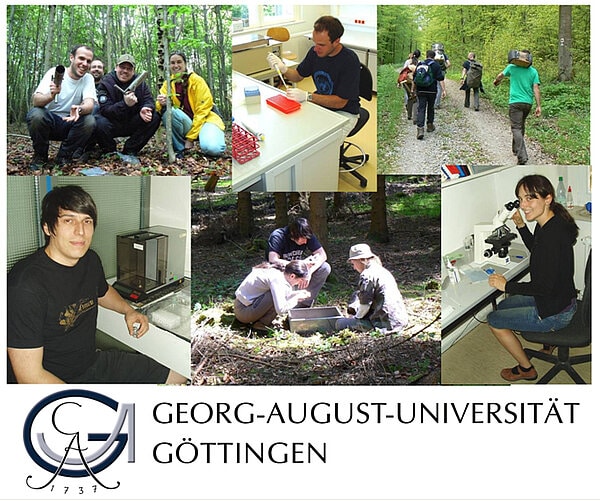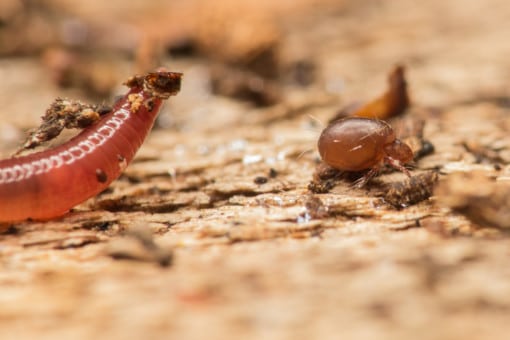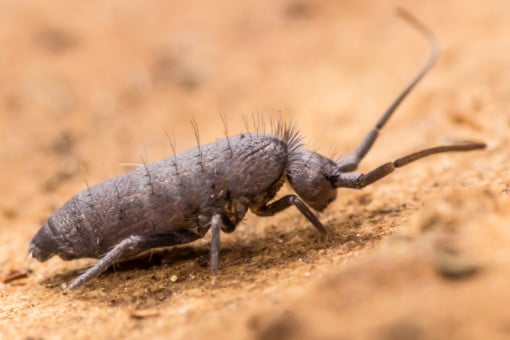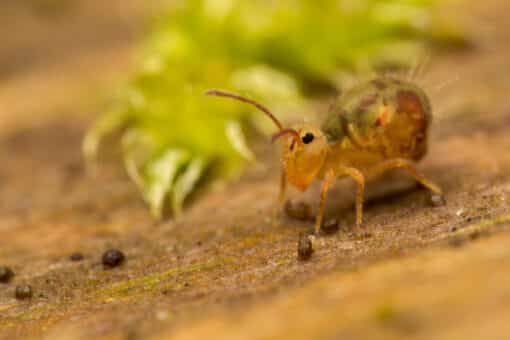Change in food relationships in the soil as a function of forest use
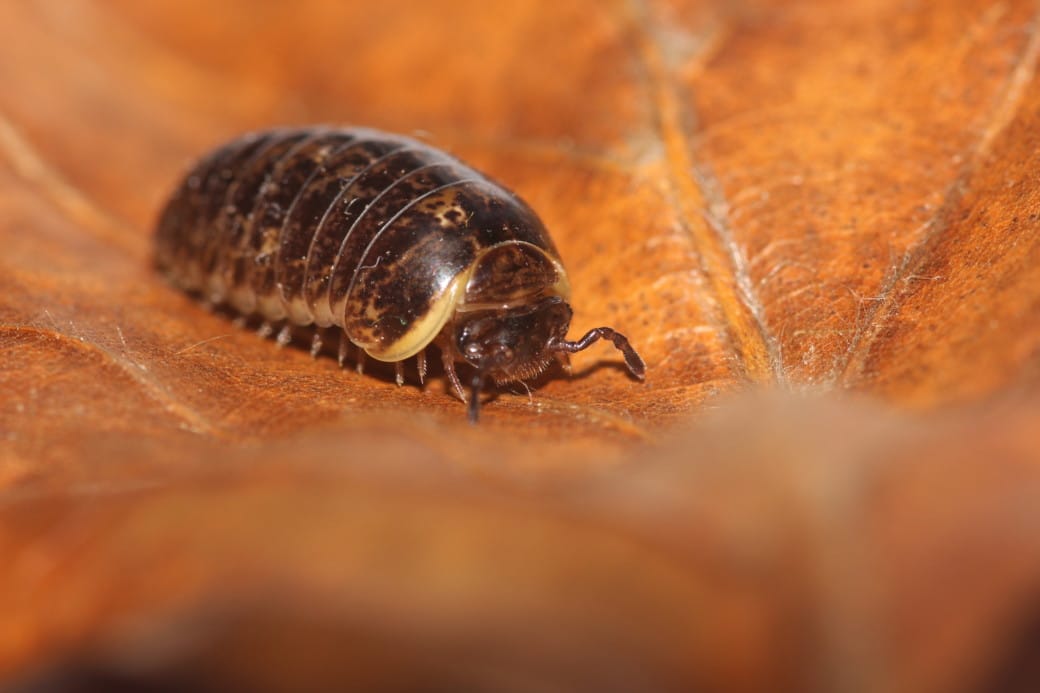
The LitterLinks project investigates changes in soil animal community structure with the form of forest use. The soil animal community is an integral and essential component of terrestrial ecosystems and closely linked to the aboveground system. Animal decomposers play an important role in the transformation of dead plant and animal matter, root feeding directly influences plant growth, the burrowing activity of many soil organisms (e.g. earthworms) shapes and improves the structure of the soil and thus the uptake of water and nutrients. The services of the soil animal community for a habitat are manifold, but the numerous interactions of the organisms of this subsystem are only rudimentarily understood. This is mainly due to methodological difficulties. Soil organisms are usually very small and therefore difficult to determine, and recording settlement densities, biomasses and species diversity is correspondingly time-consuming.
The work of the project is to identify key taxa in the soil and litter layer in forests of different types of use and to document changes in community composition and species diversity. For this purpose, the soil fauna expelled from soil cores by heat extraction will be determined at the species level. The determination of the soil fauna is carried out by the PhD students of the project or within the framework of Master’s and Bachelor’s theses. Subgroups are supplemented by the work of other projects within the Biodiversity Exploratories. For example, the horn mites are worked on by Georgia Erdmann (Frass), the protozoa by Jan Weinert (NanoFauna) and the isopods by Roswitha Ehnes (ModelWeb).
Additional biotic and abiotic factors, such as microbial respiration, acidity of soil and litter, and the storage density of the litter layer, were recorded to characterise the types of use and site-specific differences.
Following the identification of species, we analyse the feeding relationships of representative key taxa of the soil fauna, their trophic position and their basal food resource with the help of complementary laboratory methods.
- The composition of the decomposer community of forest ecosystems changes in a predictable and consistent way with the form of forest use.
- Linkages between decomposers and their food change little with the intensity and form of forest use.
1. Analysis of the stable isotope signature (13C/12C and 15N/14N ratios) of soil animals and their potential resources (e.g. litter) allows conclusions to be drawn about the position in the food web and the basal resource of the organisms.
2. The analysis of fatty acid patterns detects fatty acids obtained directly from food in the body tissues of organisms and enables, among other things, the differentiation of bacterial and fungal food.
3. Molecular gut content analysis detects DNA fragments of prey in the digestive tract of predators and thus enables the detection of a feeding relationship.
The data on settlement density and biomass of key taxa, as well as the detected feeding relationships, form the data basis for an empirically based modelling of the food web structure by the ModelWeb project.
The trophic structure of the decomposer community in the soil of European beech forests and its changes with different forest use can thus be revealed with unprecedented accuracy.
